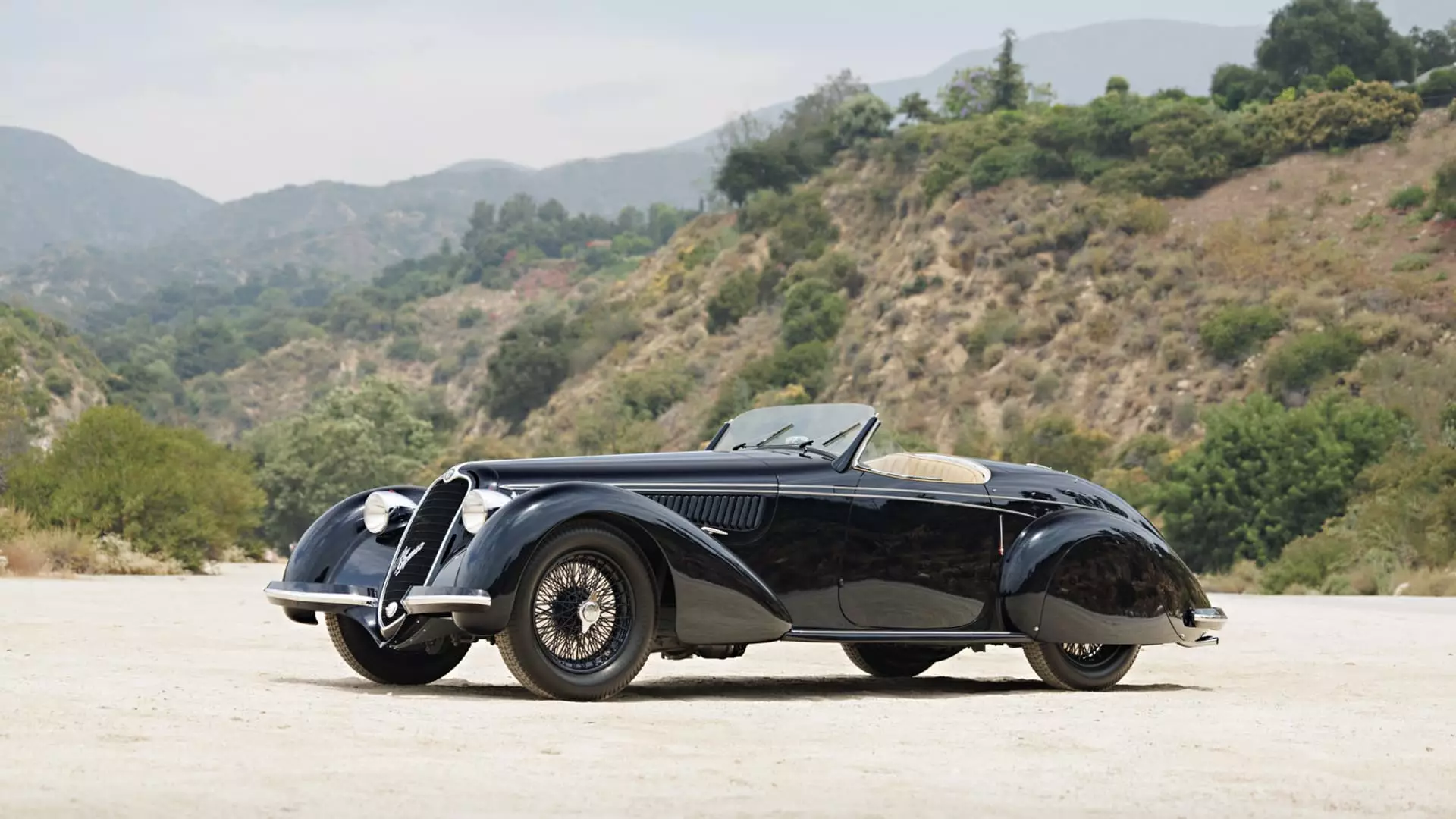The Monterey Car Week saw a 3% decrease in auction sales compared to the previous year, with a total of $391.6 million in sales. This decline can be attributed to a shift in preferences from older classic cars to newer models, leading to a surplus of unsold classics from the 1950s and 1960s. The market is currently saturated with similar cars, making it challenging to generate strong prices and sales. Experts suggest that wealthy collectors, despite having significant funds available, are now looking for different types of cars compared to previous years.
A noteworthy trend in the classic car market is the emergence of a new generation of collectors, mainly Gen Xers and millennials, who favor cars from the 1980s, 1990s, and 2000s. This shift in preferences has led to a decline in demand for classic cars from the 1950s and 1960s, which were previously popular among baby boomers. The sell-through rate for pre-1981 cars priced at $1 million or more was only 52%, while cars less than 4 years old had a sell-through rate of 73%. This indicates that younger collectors are now influencing the market significantly.
Hagerty’s Supercar Index shows a significant increase in the value of sports cars from the 1980s through the 2000s, while the Blue Chip Index for 1950s and 1960s classics is declining. Although rare and exceptional cars can still fetch high prices, the overall trend is shifting towards newer models. The auction market is experiencing a transition from classic Enzo-era Ferraris to modern supercars, reflecting the changing preferences of collectors. As older collectors begin to sell off or downsize their collections, prices for older cars are expected to be impacted for years to come.
Apart from changing preferences, high-interest rates are also influencing the classic car market. Financing played a significant role in enabling buyers to acquire cars and build collections, but rising interest rates have raised the opportunity cost of investing in classic cars. Individuals are now reconsidering their options, weighing the potential returns of traditional investments against collecting classic cars. This shift in mindset is causing some collectors to think twice before making significant purchases in the classic car market.
The classic car market is experiencing a notable transformation driven by changing collector preferences and external factors like interest rates. The influx of younger collectors with a preference for newer models is reshaping the market dynamics, leading to a decline in demand for classic cars from past decades. As the market continues to evolve, it will be interesting to see how auction houses and collectors adapt to these shifting trends and whether prices for older cars will recover in the future.

